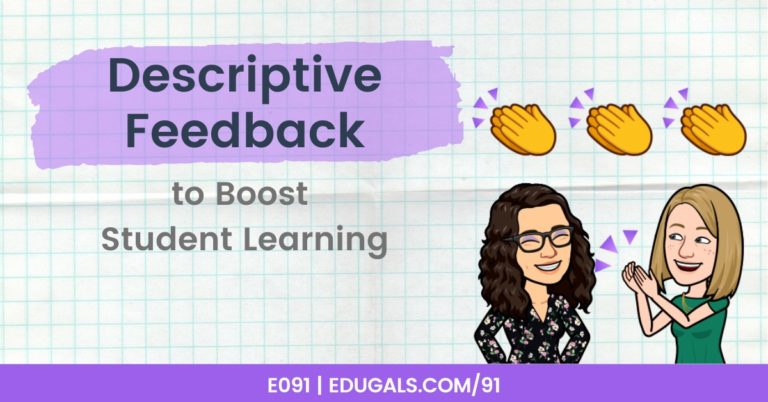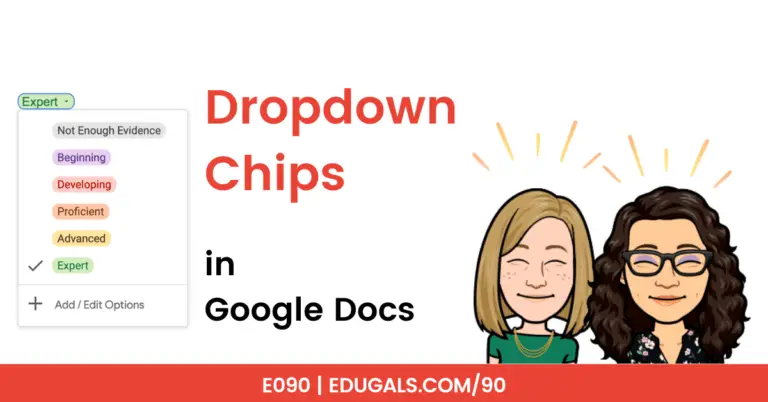[podcast_subscribe id=”7428″]
In this episode, we are exploring the “Sustaining Effort and Persistence” aspect of the UDL framework. We will go over the four different checkpoints, and explain how you can start to implement this in the classroom.
If you like what you hear, we would love it if you could share this episode with a colleague or friend. And make sure you subscribe so that you don’t miss out on any new content! And consider supporting the show by buying us a coffee or two!
We would love to hear from you – leave a comment on our website OR check out our FLIP!
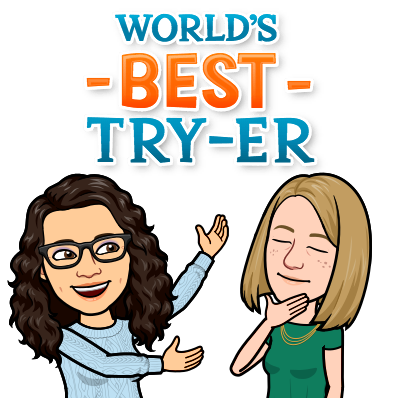
Show Notes
This week, we are revisiting cast.org’s Universal Design for Learning (UDL), with a specific focus on the “sustaining effort and persistence” portion of engagement within the UDL framework.
Previously, we dedicated an episode on recruiting interest (Episode 108), also a part of the engagement pillar of UDL, so we thought that we would build on that and get into this next section, break it down and explain it, and share how we can go and implement this in the classroom.
The title, “sustaining effort and persistence,” really reminds us of what students really want to see in their classroom. We really want students to model this, regardless of what sort of skill, strategy, or topic we are attempting to learn.
This topic also fits really well with last week’s episode, where we broke down chapter one of “Why Don’t Students Like School?” by Daniel Willingham. It’s all about engaging and keeping students wanting to learn, and motivated to learn.
Learners who are super motivated are more likely to be able to regulate the attention and effort in concentrating on the learning. However, not all students may be motivated to learn, and there are lots of differences in students’ needs and knowledge that teachers need to be aware of in order to change the learning environment.
And that ties in with this theme of effort and persistence, and how we, as educators, can help foster these skills in our students.
Cast.org has done a great job of breaking down effort and persistence into four different checkpoints. With that in mind, we will explain the checkpoints and go from there!
Checkpoint 1: Heighten salience of goals and objectives
This checkpoint is all setting a vision for a goal, and why it matters. We need to make sure our students understand what that goal and/or outcomes are. Sometimes, we assume it’s obvious because it feels so clear to us, but that isn’t always the case. If students can’t reword a goal or outcome, and tell us what that means, looks like, and/or sounds, then they may not actually get it.
In Rachel’s mastery classroom this year, she has been clearly stating on the first slide what the lesson’s learn goals or objectives are. She then reframes them into “I can” statements for students so that they can better understand what knowledge or skill they will be learning, and what they will be able to do by the end of the lesson.
Another suggestion that they have is prompt or require learners to explicitly restate the goal. This really makes sure that students understand what the expectations and outcomes are for a lesson, unit, assignment, etc.
From there, one idea is to have students divide long-term goals into short-term objectives. It has them taking the big picture goal, and isolating the steps that they can take to get there. This really helps students to see the little pieces, and how to build to a final product or goal.
Some students, ourselves included, often get stuck with the big, overall goals, and get lots in the details. It can be really difficult to get started, and they may need help to be able to break it down into manageable chunks.
In addition, engaging learners in assessment discussions, and getting them to identify what a Level 4 or outstanding assignment looks like is a great way to help them fit all of the pieces together. It also allows you and your class community to generate examples that can connect to their cultural backgrounds and interests.
If you have built up exemplars over time, you could then share out a rubric with the class, and have them come up with what they think an exemplar should achieve based on the rubric. This is great because it helps students to clearly understand the expectations, and how to demonstrate their learning effectively.
Checkpoint 2: Vary demands and resources to optimize challenge
This is all about knowing that our learners vary in skills and abilities, and that students need different kinds of challenges in order to do their best work.
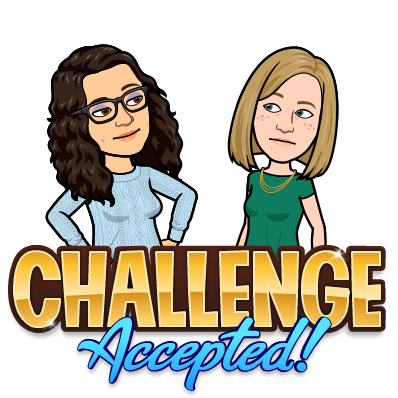
By getting to know our students, and the background knowledge that they bring with them into our classroom, we can then determine ways to challenge them appropriately without going too far beyond (or below) their skill or knowledge level. If it seems impossible, or if it’s too easy, our students are not likely to stay motivated in a task.
In Rachel’s quest to learn more about mastery learning, she read “Implementing Mastery Learning” by Thomas Guskey. In this text, the author talks about the mastery cycle, which should then be followed by corrective activities or enhancement activities as appropriate. This reminds us that challenges for our students may look and sound different, but there needs to be something to for all of our students to help keep them learning and engaged in the course.
The enhancement activities could look like the “aspire-to-do” activities from the modern classrooms project.
The corrective could also be accommodated or adapted based on students’ needs. For example, English language learners or students with exceptionalities may need tools or scaffolds to help them be successful. This is going to be different based on the individual student, but it’s a good reminder that accommodations are there to help our students to be successful and to increase their skills.
Checkpoint 3: Foster collaboration and community
We have spoken quite a bit about this on our podcast, and it’s an area that we could continue to spend hours talking about! This checkpoint really stressed the importance of students interacting with one another and feeling safe in their classroom environment. This will then help them to engage in the classroom.
If a students doesn’t feel like they can speak up or share their ideas, then it is going to be more challenging for them to continue to engage with their learning.
In Rachel’s mastery classroom, she has really discovered how much the self-pacing structures have increase collaboration and community. More students are supporting one another, and working with each other to problem solve.
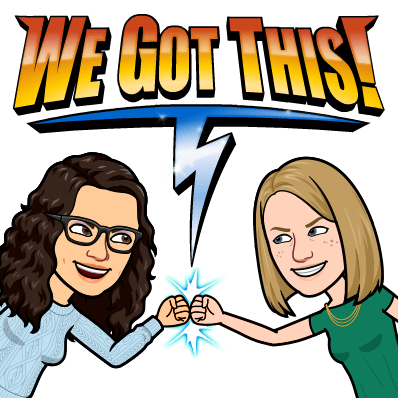
In Katie’s mixed ESL class, she has seen that same support. Knowing that everyone is at a different level of English, it has shifted the way that students think about speaking and sharing ideas – it almost seems like it has become more interactive and less competitive or shy. It has made such a huge difference.
Shifting towards ungrading in our classes has also had an impact on collaboration and community, as the focus is less on the grade, and more on developing skills.
Some strategies or advice that cast.org suggest are:
- Encourage and support opportunities for peer interactions, such as peer tutors
- Provide prompts to guide learners on when and how to ask peers and/or teachers for help
- Create expectations for group work
- Create school-wide programs of positive behaviour support
- What can this look like? School wide goals? Does it start with leadership?
Checkpoint 4: Increase mastery-oriented feedback
This one has us quite excited, as it really has us look at assessment and how we can keep it relevant, and also how students can see where to improve. We all know that feedback has be constructive and delivered in a timely manner; if you wait too long, students won’t remember what they did or how to correct it moving forward.
This could have such an impact on persistence and effort, particularly if students are provided with opportunities to correct or resubmit work based on that feedback.
This means that feedback should be specific, and it shouldn’t end up marking up the whole page, as that would be quite overwhelming for most students, and rightfully so! Teachers should focus on the skills that they want students to improve on, preferrably the skills that they have been building in class, and provide corrections and feedback on these skills in particular.
Assessment and feedback cycles should also be done in such a way to help students build strategies for future success. By allowing students to see their errors and try to correct them, they are able to build their skills, and hopefully use these skills correctly moving forward.
We have spoken so much about grading, assessment and feedback, but here are a few episodes where we have really focused on this subject:
